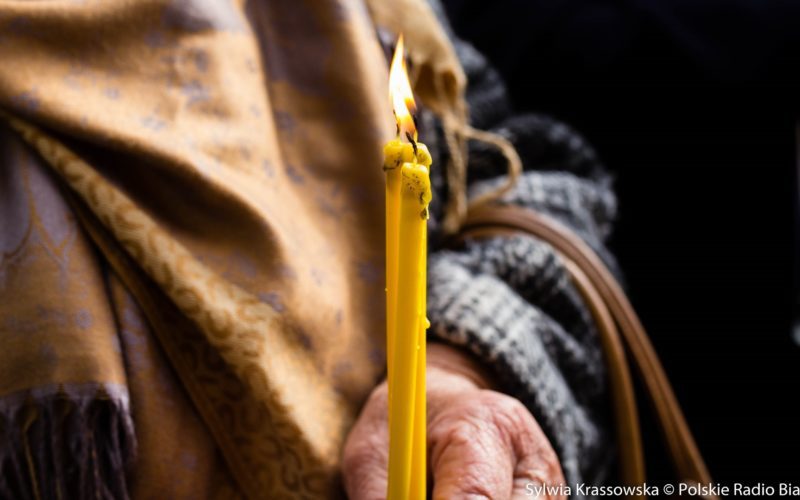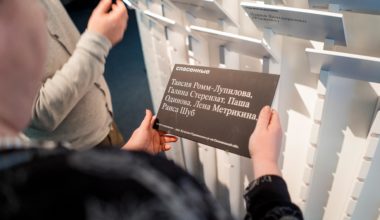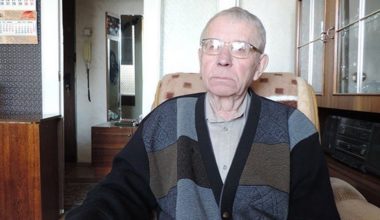On May 22, 2020, residents of the village of Potoka in Poland’s Białystok district held a ceremony to commemorate their fellow villagers killed 75 years by a detachment of Home Army’s (Armia Krajowa, AK) 5th Wilno Brigade, under the command of Lieutenant Zygmunt Błażejewicz.
The bloody massacre in the Orthodox Christian Belorussian village was an act of vengeance for the attack on Błażejewicz who had been earlier wounded in a clash with the Polish Internal Security Corps. On May 16, 1945, soldiers of Błażejewicz’s detachment shot dead four Potoka residents, Ivan Bekish, his son Vladimir Bekish as well as two brothers, Ivan Malashevsky and Vladimir Malashevsky. On May 22, AK servicemen burnt the whole village including the local Orthodox church. In one of the houses, three children burned alive, 10-year old Nikolay Gerasimchuk, 8-year old Nina Gerasimchuk and 6-year old Yevgenia Gerasimchuk. Beside the children, Mikhail Gerasimchuk, an adult man, died several days later of severe burns.
Several days earlier, on May 11, 1945, Błażejewicz’s detachment burned the Belorussian village of Wiluki. Starting from May to September, dozens of Soviet soldiers and officers were killed, as well as Soviet and Polish law enforcement and civil administration officers. In the autumn of 1945, Zygmunt Błażejewicz fled to West Germany and then migrated to the United States. He died in 2017, shortly before he was 100 years old. In September of 2011, Polish President Bronislaw Komorowski awarded Błażejewicz with the Order of Polonia Restituta Commander’s Cross.
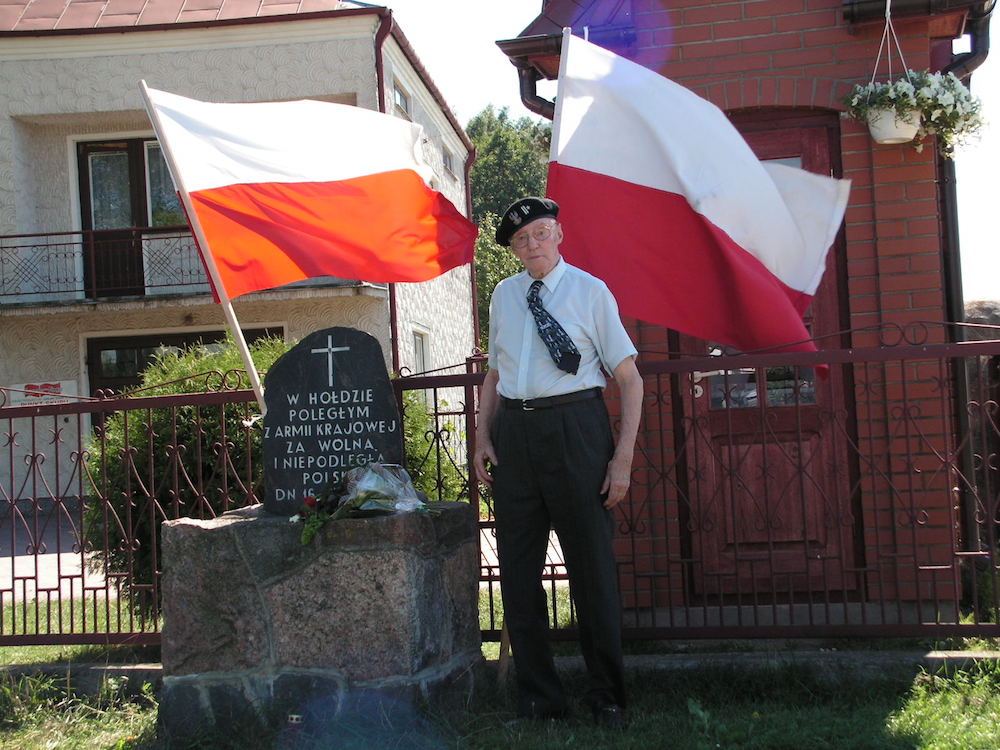
In 2019, an Orthodox chapel appeared at the place where the burnt village church had stood before. In the chapel, memorial services are held for the civilian victims of Błażejewicz’s raids. The same year, the Polish Autocephalous Orthodox Church canonized the Orthodox Belorussians killed near Białystok in 1946 by “national partisans” under the command of Romuald Adam Rajs, nom de guerre “Bury”, stemming from the same 5th Wilno Brigade of the AK. The new martyrs are commemorated on the day of Our Lady of Zaleszany, the last Saturday in July.
On January 31, 1946, Bury’s militants killed 30 Orthodox carters who were driving to the forest to procure firewood for a local school. After releasing those of the carters who were able to cross oneself like Catholics and say a Polish prayer, the militants hacked the rest to death. This murder was one in a row, with a total of five Orthodox Belorussian villages burnt and at least 80 civilians killed by Bury’s unit in the early months of 1946.
The Polish authorities detained Romuald Rajs in 1948 and sentenced him to death in 1949. In March of 2019, The Institute of National Remembrance acquitted Rajs of committing genocide against Belorussians, stating that Rajs had a chance to burn a lot more Belorussian villages in the Bielsk Podlaski municipality. The Belarussian foreign ministry protested against the decision.
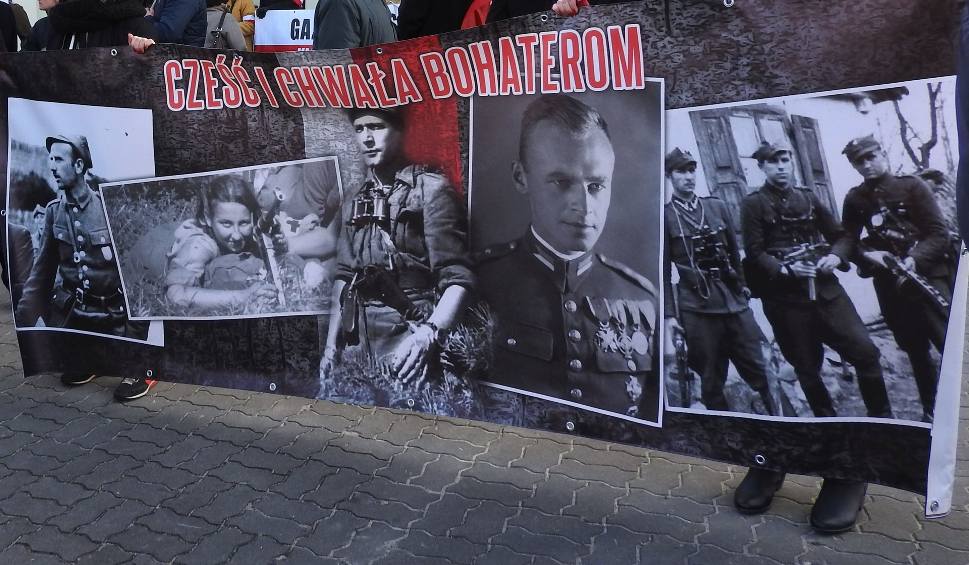
On February 23, Polish far-right activists – for the fifth time already – organized a march in Gajnowka, Podlaskie Voivodeship, densely populated with ethnic Belorussians. The march marked the Cursed Soldiers National Remembrance Day. During events like that, Romuald “Bury” Rajs is traditionally the most honored figure.
